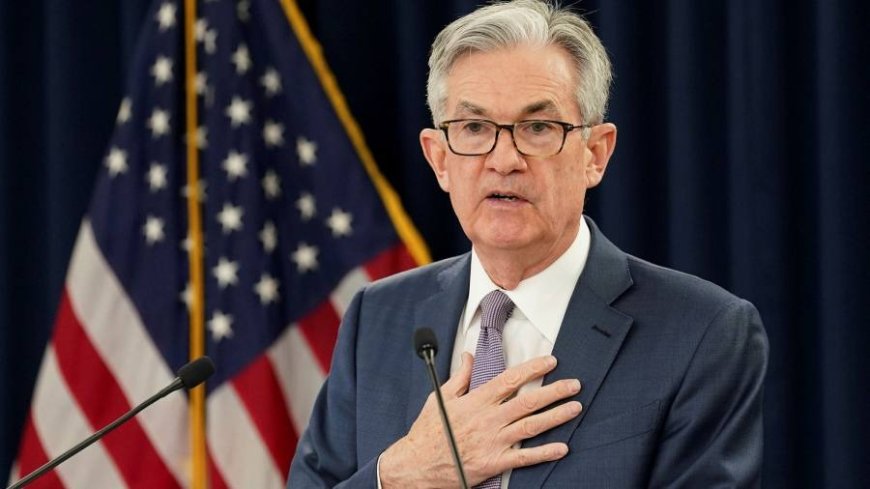Federal Reserve's September Rate Decision: Significance and Market Outlook
Fed's September rate decision impact & market outlook. Insights on gender pay gap, UK economy growth. Stay informed with expert analysis.

Following July's interest rate hike, market focus has shifted to the Federal Reserve's upcoming September meeting, where the question remains: Will there be another rate increase? The heightened interest stems from the Fed's current target range for the fed funds rate, standing at 5.25-5.5% after a series of 11 rate hikes since March 2022. The discussion now revolves around whether the upcoming meeting will signal another rate hike or a pause.
The speculation of a potential rate pause gains strength from recent economic data indicating a moderation in the economy. The optimism regarding a potential pause gained traction in August, partly due to a mixed bag of economic reports. These reports include July's job addition of 187,000 jobs, slightly surpassing pre-pandemic monthly averages. Additionally, the July Consumer Price Index displayed a contradictory trend – an acceleration in consumer prices alongside indications of an overall cooling of inflation.
Market sentiment has responded to these factors, with traders indicating an 89% chance of the Federal Reserve keeping rates steady at the September meeting, as of Friday afternoon.
To shed light on the implications, Before the Bell spoke with Ed Yardeni, President of Yardeni Research. The focus of the discussion was on the significance of the Fed's September rate decision and Yardeni's market outlook for the remainder of the year.
Yardeni highlighted that another 25 basis point increase, considering the Fed's already substantial increment of over 500 basis points, might not introduce a substantial difference. However, he acknowledged the possibility of overkill and raised concerns about potential risks. These risks include the aftermath of the banking crisis in March, as well as the ongoing challenges faced by the commercial real estate market, especially within the office building sector.
Considering the potential consequences of the rate decision, Yardeni indicated that if the Fed has already achieved its intended objective of pushing interest rates to a level that curbs inflation without causing a recession or credit crunch, then the anticipated outcome could be a pause.
In relation to investor behavior, Yardeni addressed the potential impact on market participants who have directed funds towards money market investments this year. If the perception emerges that the Fed is done with tightening and is not rushing to lower rates, this could signify a normalization of interest rates relative to the economy. Such normalization could lead to heightened investor confidence in the economy's ability to thrive despite elevated interest rates.
Reflecting on recent downgrades affecting the market, Yardeni maintained his year-end S&P 500 target of 4600. He suggested that the market might experience either sideways movement or a pullback in the coming months, typical of the traditional weaker periods of August and September. However, this could set the stage for a year-end rally.
Yardeni underlined that the second half of the year might present more challenges for stock investors than the first half. Valuation concerns were raised as one of the significant factors contributing to this challenge. Notably, popular and larger-cap stocks are no longer as attractively priced as they were earlier in the year, necessitating a catch-up in earnings.
In addition to the Federal Reserve's rate decision, several other noteworthy developments have arisen:
-
Gender Pay Gap Reporting in New Zealand: The government plans to mandate large businesses to report their gender pay gaps as part of efforts to enhance workplace equity. Businesses employing over 250 individuals will be asked to report, with the requirement eventually extending to cover around 2,700 firms employing over 100 workers.
-
UK's Economy Records Growth: The UK economy experienced a modest growth of 0.2% in Q2, driven by notable increases in manufacturing, consumer spending, and government expenditure. Despite this growth, concerns arise due to recent downgrades affecting the market, which might influence consumer spending in the coming months.
As market participants eagerly await the September meeting, the debate surrounding the rate decision's impact on stocks and the broader economy continues to unfold.
Also Read: Hindenburg's Actions Lead to $99 Billion Wealth Erosion Among Three Billionaires in 2023





























































